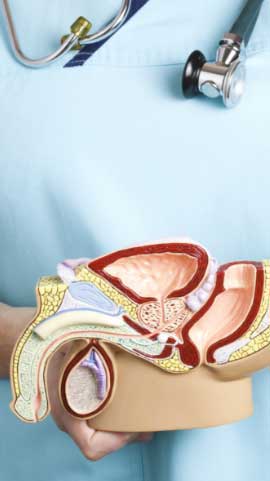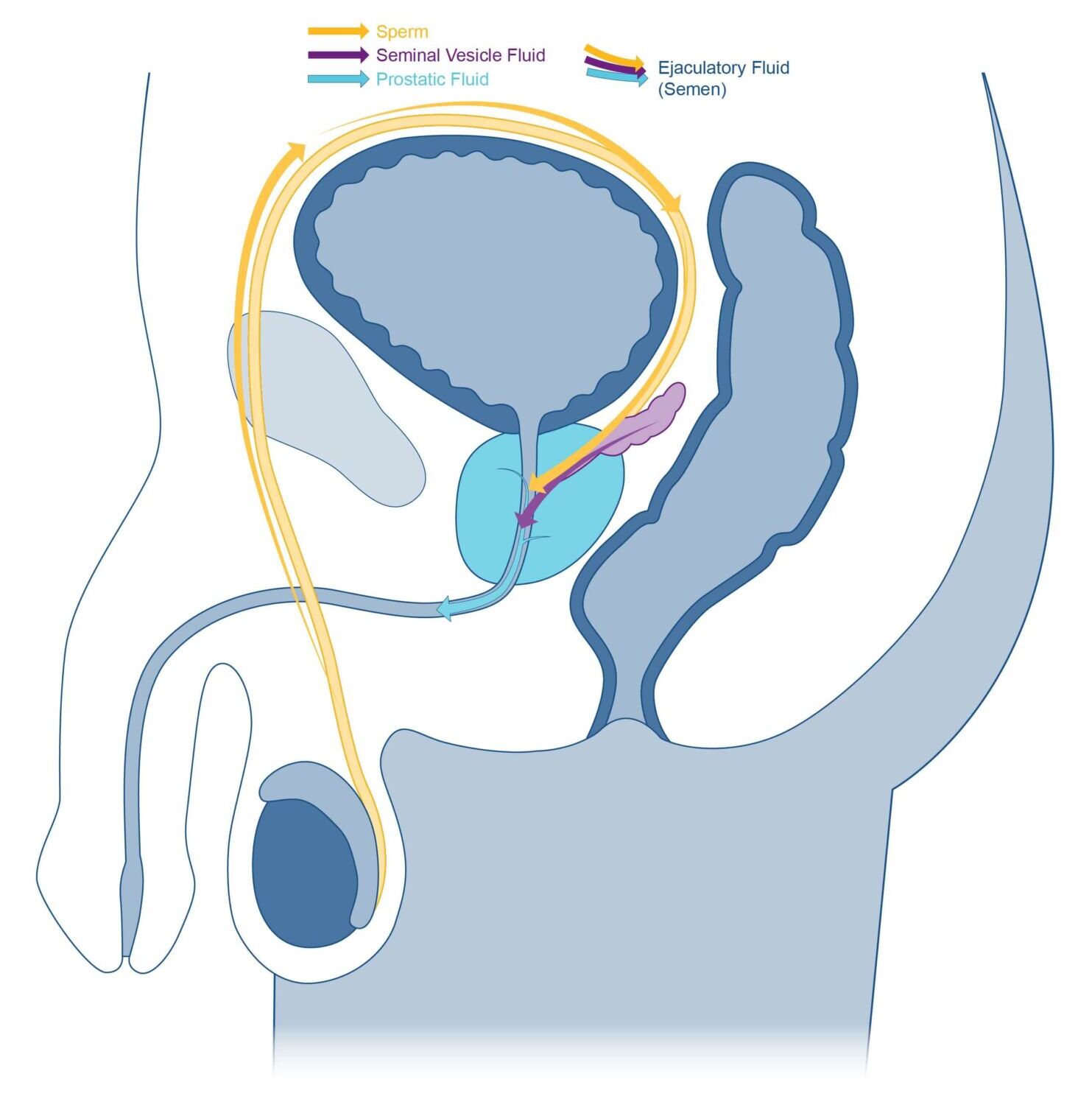The more you know about the prostate, what it is, how it works, and where it’s located, the better you can understand how prostate conditions and prostate procedures may impact your current and ongoing health.
This page is a resource to help you understand the prostate, common conditions and treatment options so you can take better control of your health and make the decisions that are right for you.

The prostate is an important part of the male reproductive system.
The prostate contracts during ejaculation and squirts a fluid into the urethra; this fluid is known as prostatic fluid1.


PSA, a protein produced in the ducts of the prostate, is absorbed into the bloodstream. PSA is produced by both normal and malignant prostate cells.
A PSA blood test measures the amount of PSA found in the blood. PSA levels in the blood can also increase with prostate diseases such as BPH, prostate cancer and prostatitis (infection of the prostate). The PSA test, combined with the digital rectal exam is the most accurate guide to early cancer detection.
The PSA level that is considered normal for an average man increases with age and can range from 0 to 4 nanograms per milliliter (ng/ml)1.
1. National Cancer Institute. (2011, August). Understanding Prostate Changes. Retrieved from: https://www.cancer.gov/types/prostate/understanding-prostate-changes/prostate-booklet.pdf.
2. Nakajima, C., Iimura, Y., & Yamanishi, T. (2001). The reason why prostatic hyperplasia causes lower urinary tract symptoms. A Journal of Medical Sciences of Japan and Other Asian Countries, 44(2), 91-96.